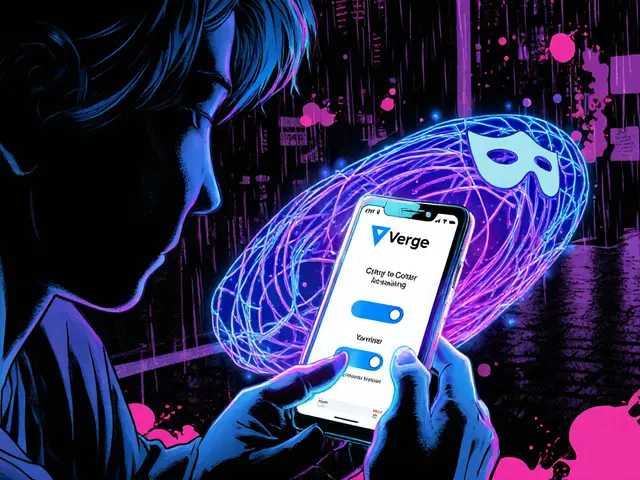NFT Music Royalties – The New Way Artists Get Paid
When working with NFT music royalties, a system where music royalties are issued as non‑fungible tokens on a blockchain, creators can finally unlock a payment model that’s transparent, instant, and global. It combines the uniqueness of NFT, a one‑of‑a‑kind digital asset stored on a distributed ledger with the automatic enforcement of smart contracts, self‑executing code that runs on the blockchain. Blockchain serves as the underlying ledger that records every play, sale, or resale, so every royalty event is traceable and immutable. This trio—NFT, blockchain, smart contracts—creates a seamless loop where a song’s ownership, usage data, and payments all live in one place.
Why Artists Are Turning to Tokenized Royalties
Traditional royalty pipelines involve record labels, publishers, and multiple clearinghouses, often leaving artists with delayed or incomplete payouts. Tokenized royalties cut out the middlemen by letting musicians mint a royalty‑bearing NFT that represents a share of future earnings. Listeners who buy the NFT automatically become royalty stakeholders, and every streaming event triggers a micro‑payment directly to their wallets. This model not only speeds up cash flow but also expands the audience: anyone with a crypto wallet can invest in a song, turning fans into co‑owners. The result is a tighter community and a revenue stream that scales with the track’s popularity worldwide.
Smart contracts play a crucial role in splitting those earnings. When a royalty‑bearing NFT is created, the contract can be programmed to allocate percentages to the artist, producer, and any collaborators. As soon as a listener streams the track on a supported platform, the contract calculates each party’s share and distributes it instantly, without any manual invoicing. This automated split reduces disputes and ensures that every contributor gets paid exactly as agreed, every time.
DeFi platforms are beginning to add liquidity to music NFTs, allowing royalty NFTs to be used as collateral or to earn yield. By depositing a royalty NFT into a DeFi pool, creators can access upfront capital while still retaining rights to future streams. Investors, in turn, earn a portion of the streaming revenue as interest. This financial layer transforms a static royalty stream into an active asset that can be traded, borrowed against, or even insured against market volatility.
Despite the upside, tokenizing music royalties brings legal and technical challenges. Copyright owners must ensure they have the authority to tokenize royalty rights, and jurisdictions differ on how those digital assets are classified for tax purposes. Additionally, market pricing for royalty NFTs is still nascent; buyers must evaluate streaming forecasts and artist momentum carefully. Platforms are working on standards to certify that a minted NFT truly represents the underlying royalty stream, but creators should do due diligence before launching.
Getting started is simpler than it sounds. First, set up a crypto wallet that supports the blockchain you plan to use—Ethereum and Polygon are popular choices because of their robust NFT ecosystems. Next, choose a marketplace that specializes in music NFTs, such as Catalog, Audius, or Async Music. Upload your track, define the royalty percentage, and mint the NFT. Once minted, promote the drop to your fan base, and watch the smart contract handle the payouts automatically.
Below you’ll find a curated set of guides, reviews, and deep dives that walk you through every step of the process—from choosing the right blockchain to navigating legal considerations and optimizing your royalty splits. Dive in to see how NFT music royalties are reshaping the music industry and how you can tap into this emerging revenue stream.




